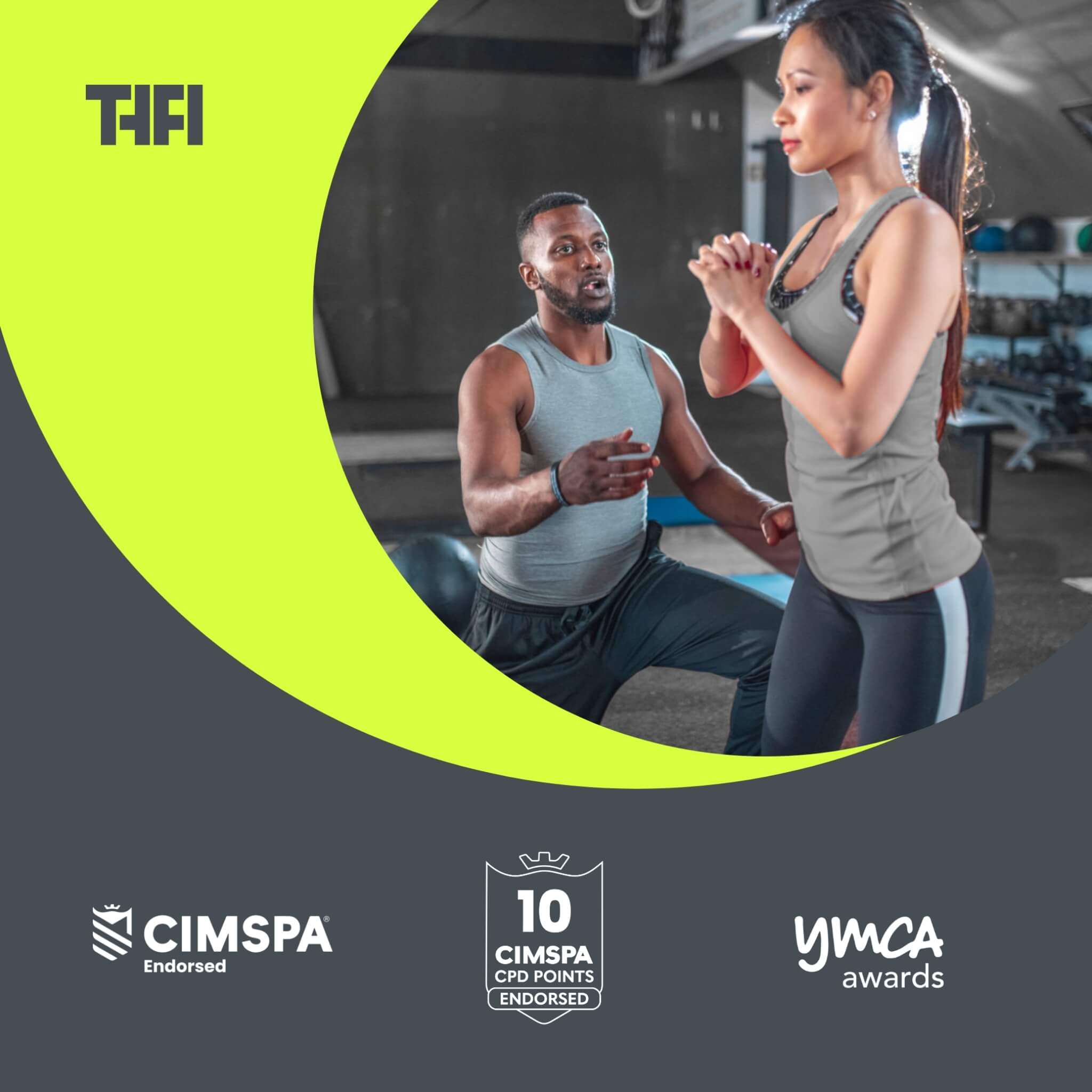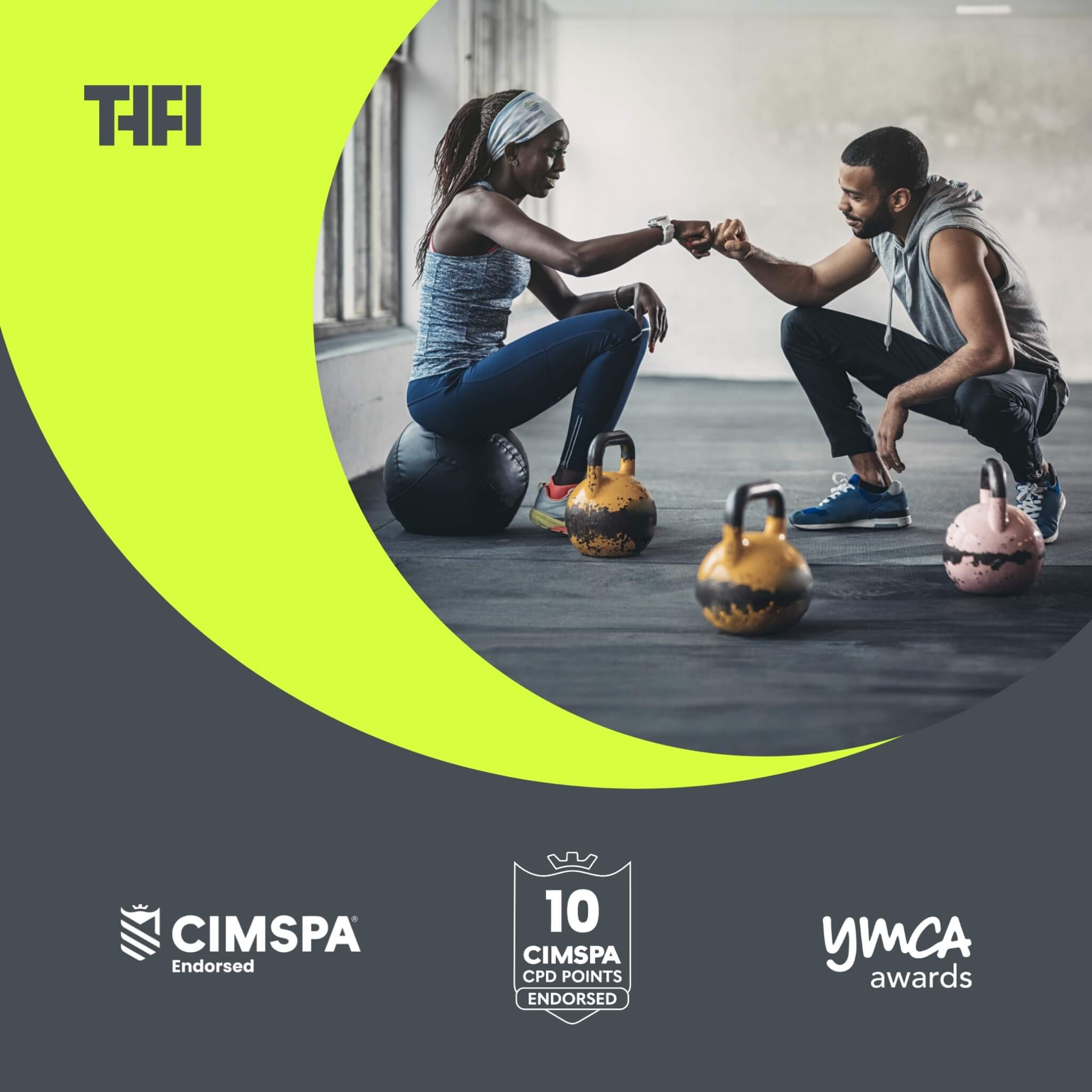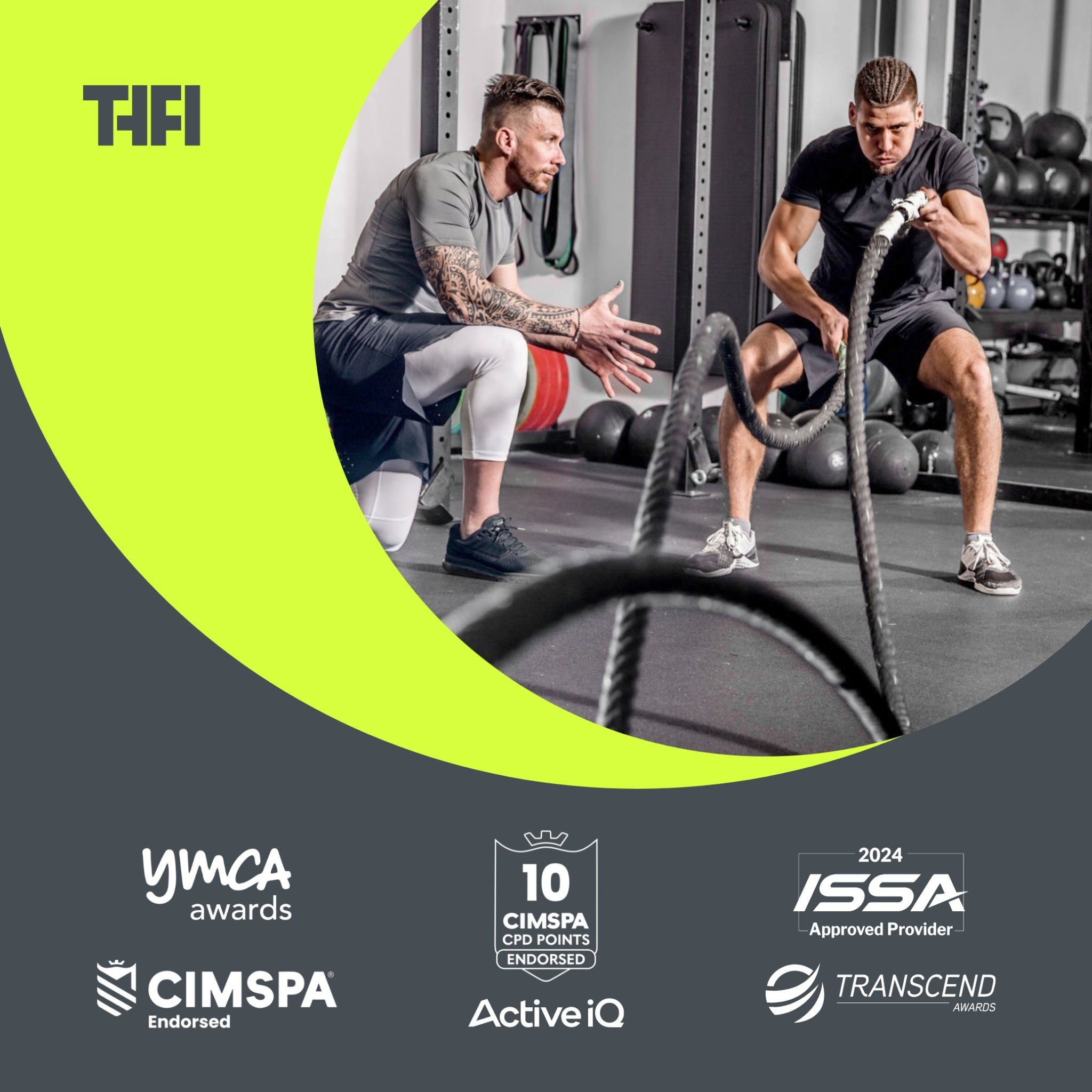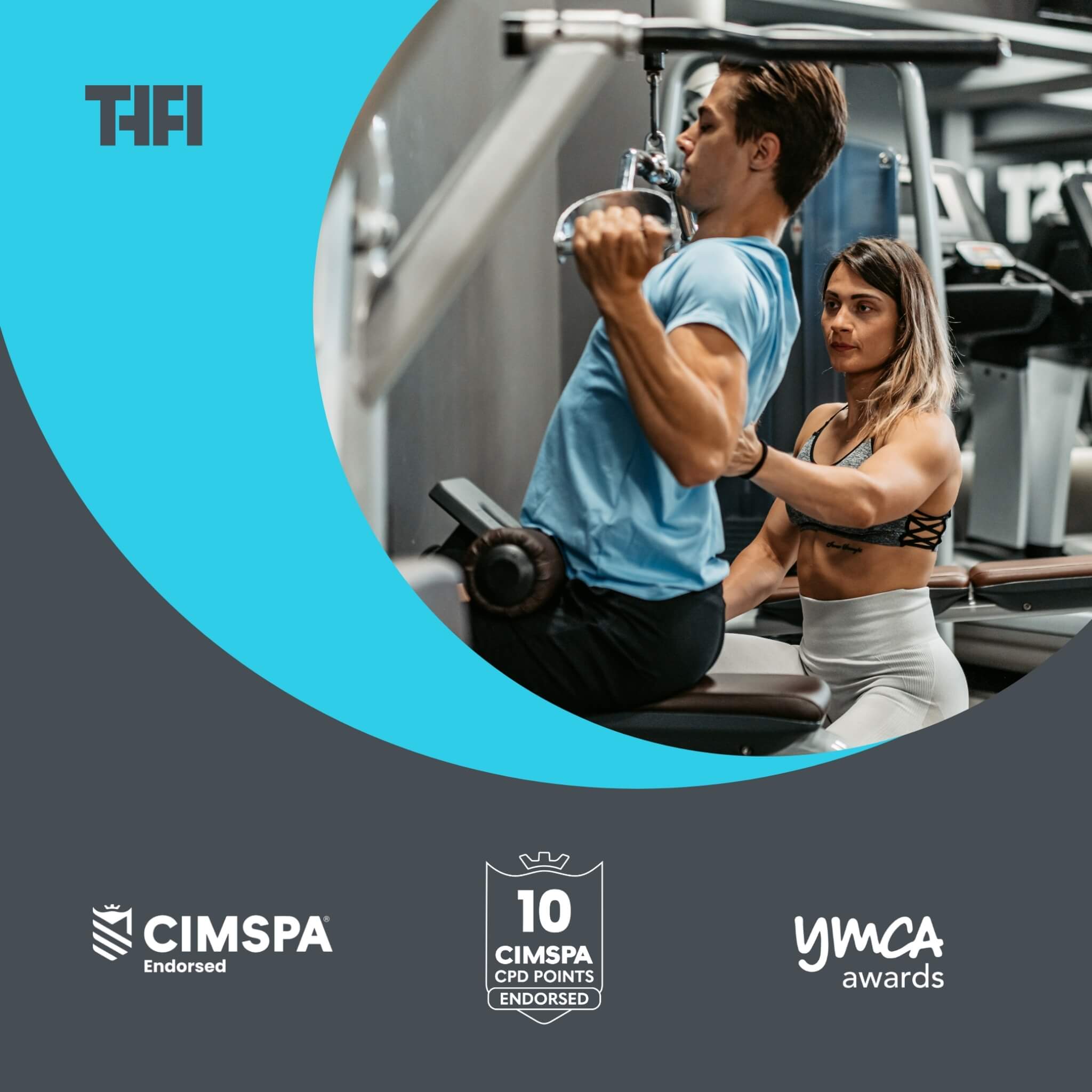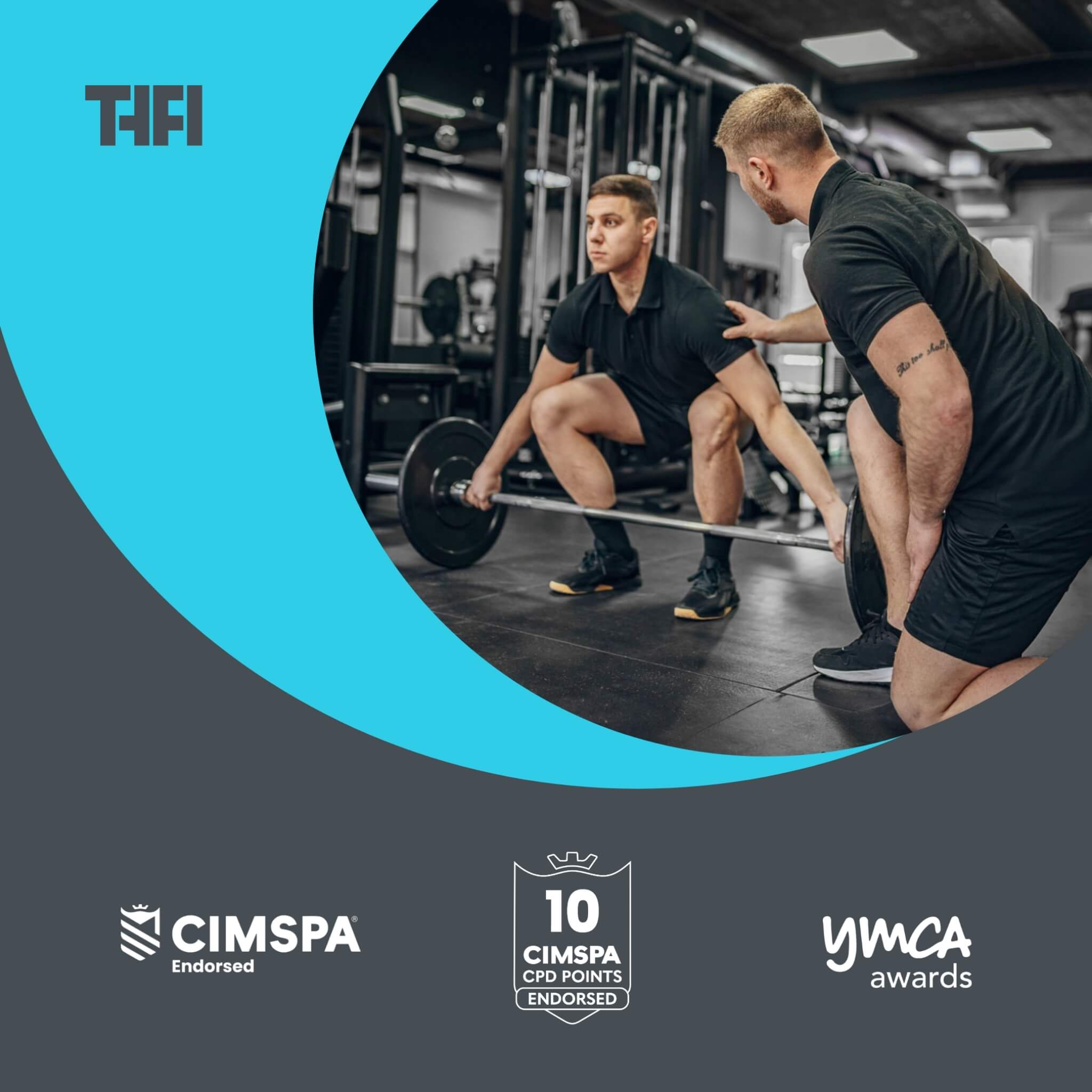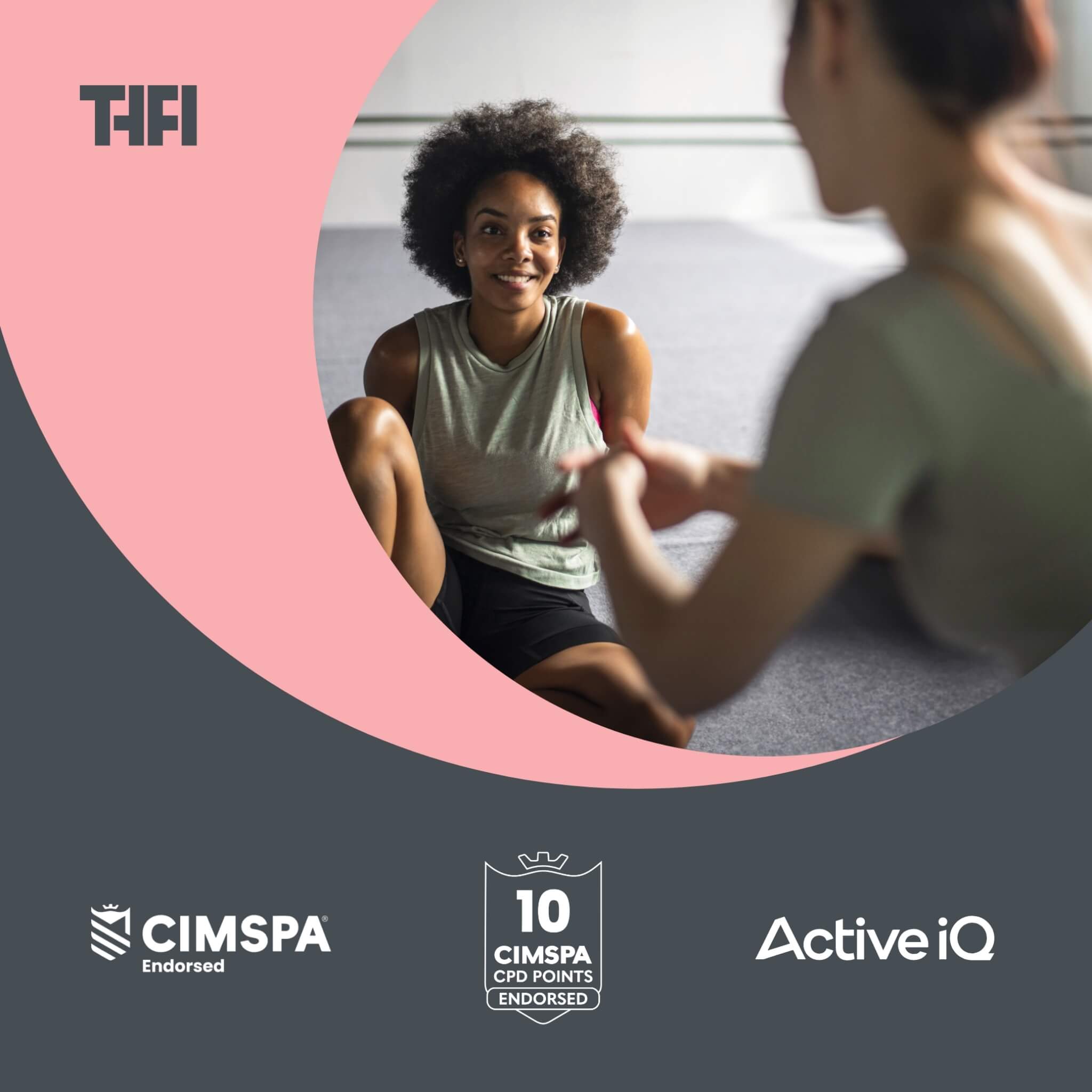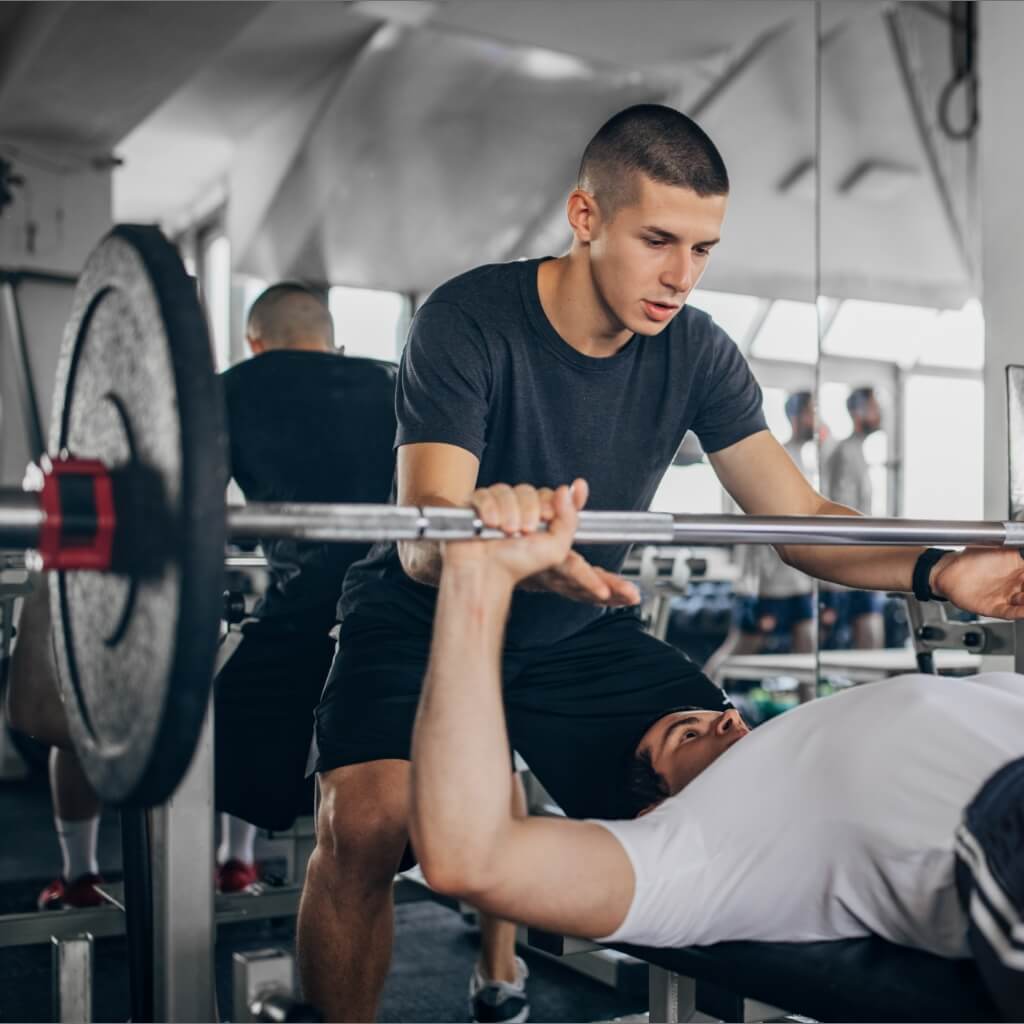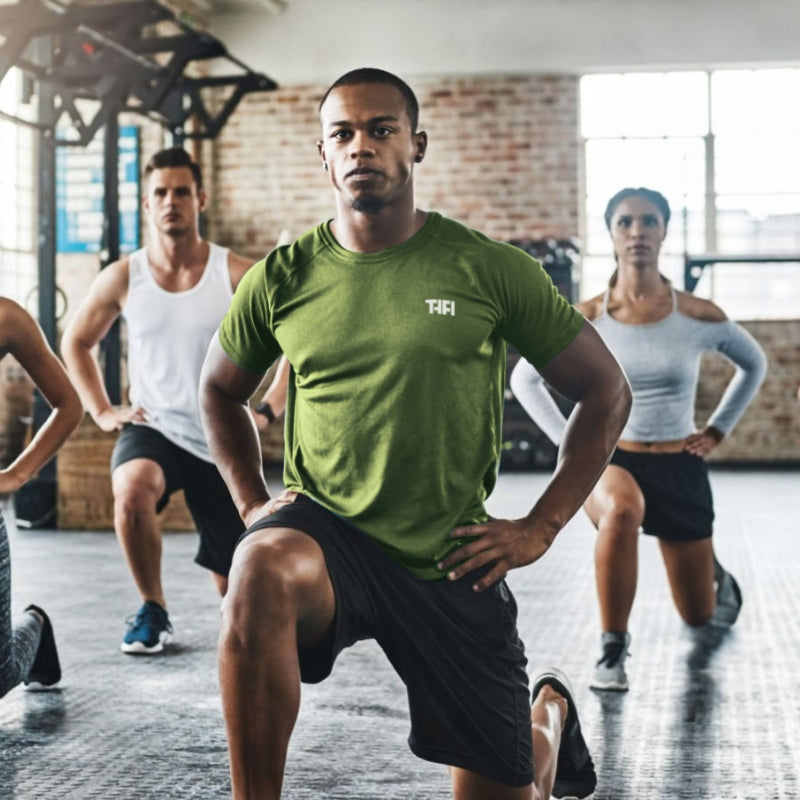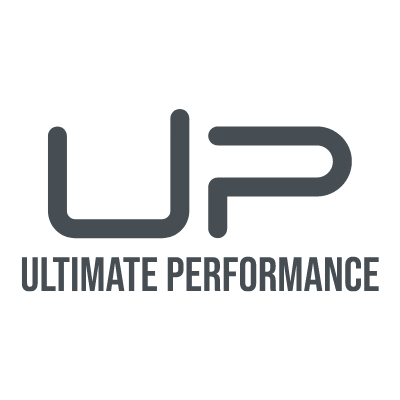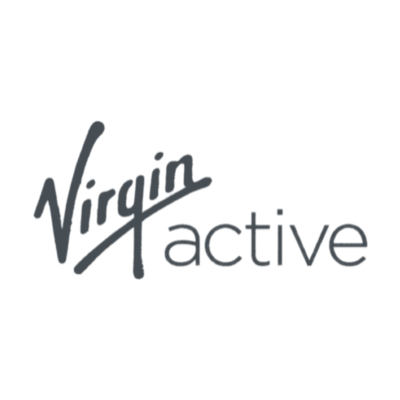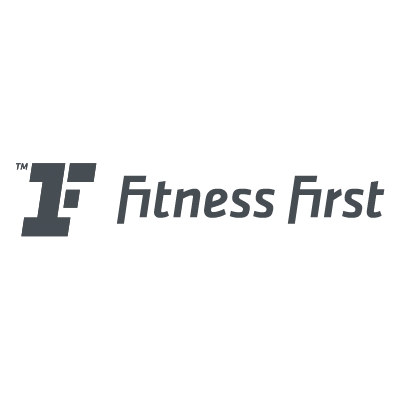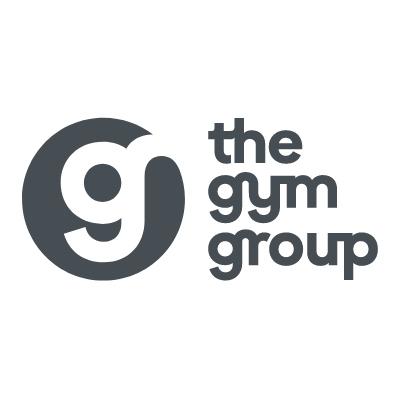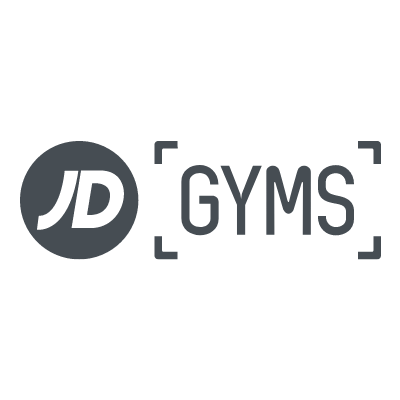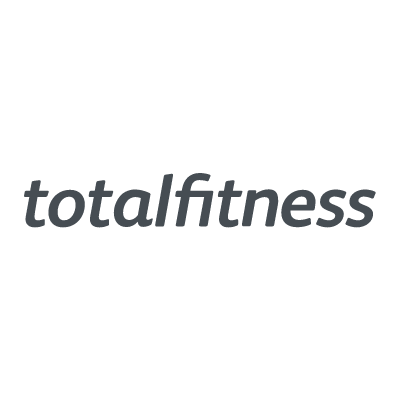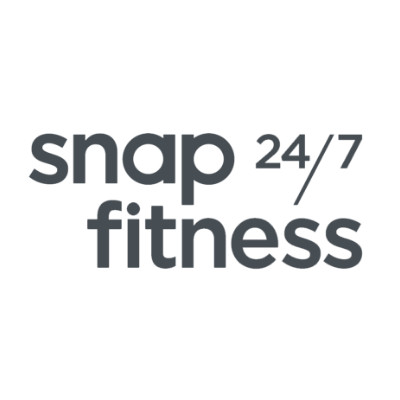Sports-Specific Training: A Personal Trainer’s Guide To Working With Athletes

A PT's guide to Sports-Specific Training
How do you make athletes stronger, faster, and more skilful to perform better in their chosen sport?
The secret often lies in sports-specific training.
Understanding exactly how to train clients with competitive goals – whether they are preparing for the football season or competing in a triathlon – can be a real game-changer.
If you're looking to upskill in this area, exploring online personal training courses can give you the specialised knowledge needed to train athletes more effectively.
Many personal trainers and coaches focus purely on general fitness. This is great for overall health and fitness, but misses the mark when it comes to the unique demands of different sports.
Without tailored training, athletes may find themselves plateauing, underperforming, or even worse, facing preventable injuries.
The lack of sport-specific focus means that athletes aren't developing the precise skills and physical attributes they need to excel in their chosen sport.
But what is sports-specific training? What techniques and training tools do you need to know when working with athletes in different sports? And what are some real-world examples of sport-specific training in action for sports like football and swimming?
This article is your comprehensive guide to mastering sports-specific training so the clients you work with can achieve their athletic potential and hit their competitive goals.
You’ll learn more about sports-specific training, the key concepts that differentiate it from general fitness, and look and how you can begin designing effective workouts and training programs.
What is sports-specific training?
Definition and key concepts
Sports-specific training focuses on tailoring workouts to meet the unique demands of a particular sport. Unlike general fitness routines, these training programmes are designed to enhance the skills and physical attributes needed for an athlete to excel in their chosen sport. This approach involves understanding the sport’s specific movements, energy systems, and physical requirements, and then developing a training plan that improves performance in those areas.
Key concepts of sports specific training include:
- Movement patterns: Replicating the movements an athlete will perform during competition.
- Energy system development: Training the body’s energy systems (aerobic, anaerobic) according to the sport’s demands.
- Skill development: Incorporating sport-specific skills into training sessions.
- Periodisation: Structuring training phases to peak at the right times, such as for competitions.
Differentiating general fitness from sports-specific training
General fitness training aims to improve overall health and physical fitness. It usually includes a mix of cardiovascular exercise, strength training, flexibility work, and general conditioning. While this is beneficial for overall well-being, it doesn't address the specific demands of a particular sport.
In contrast, sports-specific training zeroes in on the particular needs of an athlete. For instance, a sprinter’s training will differ vastly from that of a long-distance runner. While both require cardiovascular conditioning, the former needs more focus on explosive power and speed, while the latter needs endurance and stamina.
The Importance of Tailored Workouts
Why tailored workouts matter
Enhancing performance in different sports
Tailored workouts and training programmes are crucial for enhancing athletic performance. By focusing on the specific skills and physical requirements of a sport, athletes can develop the exact qualities they need to excel. For example, a footballer will benefit from agility drills and leg strength exercises, while a swimmer needs to focus on upper body strength and cardiovascular endurance. Customised training not only optimises performance but also builds confidence as athletes see improvements directly related to their sport.
Reducing the risk of injury
Injuries are a major concern in any sport. Tailored workouts help in reducing the risk of injuries by ensuring that the training program strengthens the muscles and joints most used in the sport, improving overall stability and flexibility. For instance, a rugby player might focus on neck and shoulder strength to avoid common collision injuries, whereas a gymnast would work extensively on core strength and flexibility to prevent strains and sprains.
Meeting individual athlete needs
Every athlete is unique, with different strengths, weaknesses, and areas for improvement. Tailored workouts allow personal trainers to address these individual needs, making adjustments based on the athlete’s progress, feedback, and any emerging challenges. This personalised approach not only optimises performance but also keeps the athlete engaged and motivated, as they can see and feel the benefits of their customised training plan.
Designing Sports-Specific Training Programs
Steps to create a sports-specific training program
Assessing the athlete’s needs
To design an effective sports specific training program, the first step is to assess the athlete’s needs. This involves understanding their current physical condition, strengths, weaknesses, and the specific demands of their sport.
Initial assessment and testing
The initial assessment is crucial for gathering baseline data. This can include physical tests such as strength, flexibility, endurance, and agility tests. Additionally, it’s important to conduct a movement analysis to identify any imbalances or deficiencies that could impact performance or lead to injury. Gathering this data provides a clear starting point and helps in tailoring the training program to the athlete's specific needs.
Understanding the sport’s physical demands
Each sport has unique physical demands that must be considered when designing a training program. For example, football requires quick bursts of speed, agility, and endurance, while weightlifting focuses on maximum strength and power. Understanding these demands helps in creating workouts that replicate the conditions and movements an athlete will face during competition. This step often involves researching the sport, consulting with coaches, and analysing game footage.
Setting goals and benchmarks
Setting clear goals and benchmarks is essential for tracking progress and maintaining motivation. Goals should be specific, measurable, achievable, relevant, and time-bound (SMART).
Short-term and long-term goals
Short-term goals provide immediate targets to aim for, helping athletes stay focused and motivated. These could be improving a specific skill or increasing a particular fitness component over a few weeks. Long-term goals, on the other hand, are broader objectives such as preparing for a major competition or reaching a peak performance level by the end of the season. Both types of goals are important for structured progress and sustained motivation.
Crafting the training plan
Once the athlete’s needs are assessed and goals are set, the next step is to craft the training plan. This involves determining the appropriate exercises, intensity, and frequency to ensure optimal performance improvements.
Periodisation and phases of training
Periodisation is the process of structuring training into different phases to peak at the right times. Typically, this includes preparatory, competitive, and transition phases. Each phase has specific objectives, such as building a fitness base, enhancing sport-specific skills, or allowing for recovery and regeneration. This structured approach helps prevent overtraining and ensures steady progress towards peak performance.
Balancing skill development with physical conditioning
A well-rounded training program balances skill development with physical conditioning. Skill development involves practicing the specific techniques and movements required in the sport, while physical conditioning focuses on improving strength, endurance, speed, and flexibility. For instance, a tennis player might spend equal time on stroke mechanics and improving their cardiovascular fitness. This balance ensures that the athlete is well-prepared both technically and physically.
Monitoring progress and adjusting plans
An effective training program is dynamic and adaptable. Regular monitoring and adjustments are essential to keep the program relevant and effective.
Regular assessments and feedback
Regular assessments allow trainers to track the athlete’s progress and make necessary adjustments. This can include periodic testing, performance reviews, and ongoing feedback from the athlete. Keeping detailed records helps in identifying trends, spotting areas for improvement, and celebrating successes.
Adapting to changes and challenges
Adaptability is key to effective training. Athletes may face various challenges such as injuries, changes in competition schedules, or personal issues. Being flexible and ready to modify the training plan as needed ensures continuous progress and helps maintain motivation. For example, if an athlete suffers an injury, the trainer might shift focus to rehabilitation exercises and adjust the training load accordingly.
Sport-Specific Training Techniques
Popular sports and their training techniques
Sports-specific training for football (soccer)
Football (or soccer as it's known in some regions) demands a combination of endurance, agility, strength, and power. Training programs for footballers must address these diverse requirements to ensure peak performance on the pitch.
Cardiovascular endurance and agility
Cardiovascular endurance is critical for football players, who often cover several miles during a match at varying intensities. Incorporating continuous running, interval training, and high-intensity interval training (HIIT) helps build the necessary stamina. For example, performing sprints followed by recovery periods mimics the stop-start nature of a game.
Agility is equally important, as players need to change direction quickly and efficiently. Agility drills such as cone drills, ladder drills, and shuttle runs enhance a player’s ability to make rapid, controlled movements. Incorporating these drills into training sessions helps improve coordination, balance, and reaction time, all essential for evading opponents and maintaining control of the ball.
Strength and power development
Strength and power are crucial for football players, impacting their ability to tackle, sprint, and jump. Lower body strength, in particular, is vital for explosive movements such as sprinting and jumping. Incorporating exercises like squats, lunges, and deadlifts into a training program helps develop these muscle groups.
Upper body strength is also important, especially for shielding the ball and performing throw-ins. Exercises such as push-ups, bench presses, and rows can be included to build upper body strength.
Power development involves training the muscles to exert force quickly. Plyometric exercises such as box jumps, bounding, and medicine ball throws are excellent for developing the explosive power needed for sprinting and jumping.
Sports-specific training for rugby
Rugby is a physically demanding sport that requires a unique blend of explosive power, strength, stamina, and recovery abilities. Training programs for rugby players must address these key components to ensure they perform at their best during matches.
Explosive power and strength
Explosive power and strength are vital for rugby players, enabling them to perform powerful tackles, scrums, and sprints. Building lower body strength is essential for movements like scrummaging and tackling. Exercises such as squats, deadlifts, and power cleans are fundamental for developing the necessary leg strength and explosive power.
Upper body strength is equally important for effective tackling and maintaining possession during rucks and mauls. Bench presses, shoulder presses, and pull-ups are excellent for building upper body muscle mass and strength. Additionally, plyometric exercises like box jumps and plyo push-ups can help develop the explosive power needed for quick bursts of movement and dynamic plays on the field.
Stamina and recovery
Stamina is crucial in rugby due to the sport’s high-intensity nature and the continuous physical demands placed on players throughout a match. Cardiovascular conditioning is essential to ensure players can sustain their performance levels. Incorporating interval training, long-distance running, and sport-specific drills into the training regimen helps build the necessary endurance.
Recovery is equally important, as the physical toll on rugby players is significant. Effective recovery strategies, including active recovery sessions, stretching, and mobility work, help in reducing muscle soreness and preventing injuries. Incorporating rest days and recovery protocols such as ice baths, massage, and proper nutrition supports optimal recovery, allowing players to maintain their performance levels over the course of a season.
Sports-specific training for tennis
Tennis is a sport that demands quick reflexes, agility, and a blend of muscular endurance and flexibility. Training programs for tennis players need to focus on these key areas to enhance performance and prevent injuries.
Speed and reaction time
Speed and reaction time are critical for tennis players, who need to respond rapidly to their opponent’s shots. Speed training can include sprints, ladder drills, and shuttle runs, which improve the player's ability to move quickly across the court. Agility drills, such as cone drills and change-of-direction exercises, help enhance lateral movement and quick directional changes.
Reaction time can be improved through specific drills that mimic match situations. Exercises like ball drop drills, where a coach drops a ball and the player must sprint to catch it before it bounces twice, can enhance reflexes. Additionally, practicing with a partner who hits balls randomly around the court forces the player to react quickly and efficiently.
Muscular endurance and flexibility
Muscular endurance is essential for tennis players to maintain performance levels throughout long matches. Endurance training should include activities that increase overall stamina, such as interval training, circuit training, and sport-specific drills that simulate match conditions. For example, practicing rallies for extended periods helps build the endurance needed for long points.
Flexibility is equally important for preventing injuries and improving range of motion. Dynamic stretching routines before training sessions and static stretching post-workout can enhance flexibility. Yoga and Pilates are also excellent for developing flexibility, balance, and core strength, which are crucial for executing various tennis strokes with proper form and efficiency.
Sports-specific training for swimming
Swimming is a sport that requires a blend of aerobic capacity, precise technique, core strength, and flexibility. Training programs for swimmers need to address these elements to optimise performance and reduce the risk of injury.
Aerobic capacity and technique
Aerobic capacity is crucial for swimmers, as it allows them to sustain their performance over longer distances and improve overall endurance. Incorporating various swimming drills and sets that focus on building endurance is essential. These can include long-distance swims, interval training, and mixed sets that combine different strokes. Additionally, dryland cardio exercises such as running, cycling, or rowing can complement water-based training to further enhance aerobic capacity.
Technique is equally important in swimming, as efficient strokes reduce energy expenditure and improve speed. Regular technique-focused sessions, where swimmers concentrate on their form, breathing patterns, and stroke efficiency, are vital. Using tools like kickboards, pull buoys, and swim fins can help isolate and improve specific aspects of technique. Video analysis is also a valuable tool for providing swimmers with visual feedback on their form and identifying areas for improvement.
Core strength and flexibility
Core strength is fundamental for swimmers, as it provides stability and power during strokes. Incorporating core exercises such as planks, Russian twists, leg raises, and medicine ball throws into the training regimen can significantly enhance core stability and strength. A strong core helps maintain body position in the water, leading to more efficient and powerful strokes.
Flexibility is also essential for swimmers to achieve the full range of motion needed for various strokes. Dynamic stretching routines before swimming and static stretching afterwards can improve flexibility. Practices like yoga and Pilates are excellent for increasing overall flexibility, balance, and core strength, which are beneficial for swimming. Stretching exercises that focus on the shoulders, hips, and ankles are particularly important, as these areas are heavily utilised in swimming.
Tools and Techniques for Effective Sports-Specific Training
Essential tools for trainers
To maximise the effectiveness of sports-specific training, there are tools and techniques that personal trainers can use. These resources help in monitoring progress, enhancing workouts, and ensuring athletes receive comprehensive, tailored training programs.
Equipment and technology
Modern technology and specialised equipment play a crucial role in sports specific training. They help in tracking performance, enhancing workouts, and providing valuable data for making informed adjustments to training programs.
Wearable fitness trackers
Wearable fitness trackers have become indispensable in sports training. These devices monitor various metrics such as heart rate, calories burned, distance covered, and even sleep quality. For instance, trackers like Garmin, Fitbit, or Polar can provide real-time data that helps trainers adjust the intensity and volume of workouts based on the athlete's current condition. Devices like Woop can also give useful data on sleep, recovery, and heart rate variability (HRV). This real-time feedback allows for more precise training and recovery plans, ensuring athletes are always performing at their best.
Specialised training equipment
Specialised training equipment is essential for enhancing sport-specific skills and physical attributes. Equipment such as agility ladders, resistance bands, medicine balls, and balance boards can be incorporated into training programs to target specific areas. For example, agility ladders are excellent for improving foot speed and coordination, while resistance bands can be used for strength training and injury prevention. Additionally, tools like speed parachutes and weighted vests can add resistance to running drills, enhancing speed and power.
Techniques and best practices
Utilising the right training techniques and adhering to best practices are key to developing effective sports specific training programs. These methods ensure that athletes are training efficiently and safely, maximising their performance potential.
Functional training exercises
Functional training exercises mimic the movements and demands of the athlete’s sport. These exercises help improve overall athletic performance by enhancing strength, stability, and coordination. For example, a functional exercise for a footballer might include single-leg squats to improve balance and strength, or rotational medicine ball throws for a tennis player to enhance core power and rotational strength. The goal of functional training is to prepare the body for the specific challenges of the sport, leading to better performance and reduced risk of injury.
Plyometric and agility drills
Plyometric and agility drills are crucial for developing explosive power and quick, efficient movement patterns. Plyometric exercises, such as box jumps, depth jumps, and bounding, help improve muscular power and speed. These exercises train the muscles to produce maximum force in the shortest time possible, which is essential for sports requiring quick bursts of energy, such as basketball or volleyball.
Agility drills, such as cone drills, shuttle runs, and ladder drills, improve an athlete's ability to change direction quickly and maintain balance. These drills enhance coordination, reaction time, and overall agility, which are vital for sports like football, rugby, and tennis. Incorporating these drills into training programs helps athletes develop the necessary skills to excel in their sport.
Conclusion
Sports-specific training is a powerful tool for any personal trainer aiming to help athletes achieve their best performance. Unlike general fitness routines, which provide broad benefits for overall health, sports-specific training hones in on the precise skills and physical attributes necessary for excelling in a particular sport. By understanding and implementing tailored workouts, trainers can significantly enhance their clients' performance, reduce injury risks, and address individual athlete needs more effectively.
Continuous learning and adaptation are critical in the realm of sports-specific training. The sports and fitness industry is constantly evolving, with new research, techniques, and technologies emerging regularly. Personal trainers must stay informed and be willing to adapt their methods to incorporate these advancements. This commitment to ongoing education ensures that trainers can provide the most effective and up-to-date training programs for their clients.
Ultimately, the key to successful sports-specific training lies in personalisation. Each athlete is unique, with different strengths, weaknesses, and goals. By taking the time to understand these individual factors, trainers can design and adjust training programs that truly meet the specific needs of each athlete. This personalised approach not only optimises performance but also keeps athletes engaged and motivated, leading to better results and a more rewarding training experience.
Hungry to learn more? If you want to work with athletes, explore our Level 4 Strength and Conditioning Coach course.





